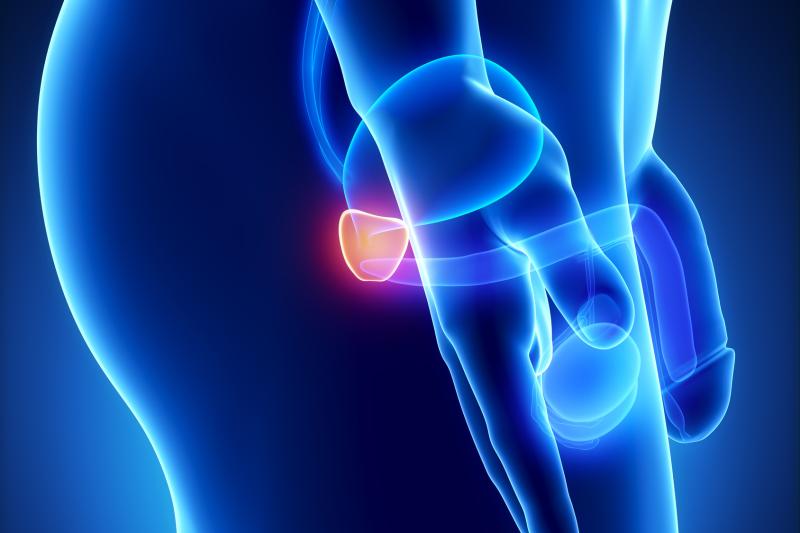
A study spanning 18 years has shown the long-term safety and effectiveness of holmium laser enucleation, as well as its durability, in the treatment of benign prostatic hyperplasia.
A total of 1,476 patients (mean age, 70.7 years) were included at a median follow-up of 9.1 years. Mean catheter time was 1.2 days, and mean hospital stay 1.3 days.
Holmium laser enucleation of the prostate significantly improved the mean International Prostate Symptom Score (I-PSS; 15.9±6.5 vs 6.8±5.6) and quality of life score (3.1±1.4 vs 1.5±1.4) as compared with preoperative values (p-each<0.001).
The mean peak flow rate (7.2±4.0 vs 17.7±10.4 ml/s) and postvoid residual urine (204±258 vs 43±73 ml) also significantly improved in the 132 patients who were followed for >10 years.
Of the patients, 0.8 percent required perioperative blood transfusion. At the most recent follow-up, prostate-specific antigen significantly decreased by 66.7 percent (p<0.001).
Postoperative complications occurred, with 21 patients (1.4 percent) experiencing urethral stricture and 30 (2.1 percent) bladder neck contracture. Twenty-one patients (1.4 percent) had repeat holmium laser enucleation of the prostate.
In this study, the authors reviewed a prospectively collected database from March 1998 through June 2016 for patients who underwent holmium laser enucleation of the prostate for symptomatic benign prostatic hyperplasia as performed or supervised by a single expert surgeon.
Demographic and perioperative data were obtained, as well as scores on the I-PSS, quality of life, peak flow rate, postvoid residual urine and prostate-specific antigen. Perioperative and late adverse events were also evaluated.